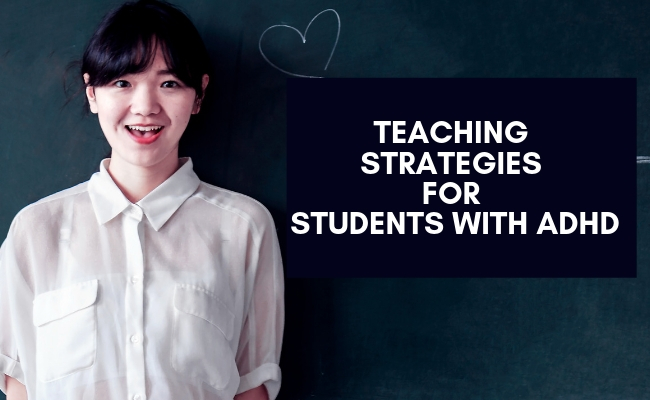by John O. Brooks
Table of Contents
ToggleTeaching students with attention deficit hyperactivity disorder (ADHD) or dyslexia can be a real challenge. These students are known for being inattentive, hyperactive, and impulsive which can lead to frustration on the part of the teacher. adults with ADHD have a short attention span and just cannot focus on the study material. In the traditional school, kids are instructed to pay attention, follow directions, and concentrate – qualities that are absent in people with ADHD. With the proper strategy, your child with special needs will get the education that they deserve.
Students with ADHD are often the object of ridicule and bullying from their peers. Their short attention often results in scolding and punishment from their teachers. This should not be the case. These kids require special teaching techniques. It is not that they are not willing to learn, it is just because their brains are not equipped to grasp the same teaching methods implemented for regular students. This article delves into the special techniques that teachers can use for teaching children with ADHD.
For starters, teachers should be patient when teaching students with ADHD. Treat them the way you teach regular students. Evaluate what they need by looking at their strengths and individual needs. Once you are done determining the right technique to use, stay on the task and maximize their full capabilities. When teaching these students, you need to have a positive attitude.
Effective Teaching Strategies for Students with ADHD:
- Accommodations. This refers to what can be done to make learning easier for students with ADHD.
- Instructions. These are the methods and techniques you will utilize for teaching
- Intervention. How will you handle any disruptive or distracting behavior
- Technology. Assistive Technology that
help students read, write and organize successfully
The teachers must motivate these kids and help them adjust. They often require extra attention and it’s up to their teachers to provide them with extra help they need.
Below are some of the effective strategies teachers can use in their classroom to help students with ADHD.
#1 ADHD Student Accommodations
Make adjustments in the classroom. In order to keep students with ADHD from distracting and disrupting the class, you can change the layout of your classroom and make adjustments for your students with ADHD.
Seating
- Students with ADHD should be positioned away from windows and doors
- Seat the student right in front of your desk unless it would distract them
- Seat them in rows as students with ADHD tend to work better this way compared to around tables or facing one another
- Ensure a distraction free and quiet area where they can take tests and study quietly
#2 Instructions for Students with ADHD
Delivery of Information – ADHD Students Learn Differently
- Give instructions one at a time. If possible, repeat.
- Work on the most difficult task early in the day
- Use visual aids such as charts, pictures, and color coding
- Create outlines to make note-taking easy for them. Organize as you teach
Student work
- Create worksheets and tests with fewer items. Frequent short quizzes are better than long tests.
- Test students with ADHD focusing on their strengths, such as orally or filling in blanks
- Divide long term projects into segments, and set a deadline for completion
Organization
- Let the student maintain a master binder with each subject color coded separately
- Provide a three-pocket notebook insert for homework assignments, completed, and mail to parents
- Ensure that they have a system for writing down assignments and important dates
- Give time for students to organize their materials and assignments at home
- Vary your pace depending on the kinds of activities. Students with ADHD are known for excelling in competitive games or in rapid and intense activities
- Devise an unobtrusive set of cues for reminding the student with ADHD to remain focused on the task. It could be a touch on the shoulder or placing a sticky note on their desk
#3 ADHD Intervention
Prevent disruptive behavior
- Allow students with ADHD to have frequent breaks and let them squeeze a rubber ball or something that will not disturb the class as physical outlet.
Deal with disruptive behavior
- Devise some kind of warning signals for students with ADHD. It could range from hand signals, shoulder squeeze, or a sticky note on the student’s desk.
- If you need to discuss their behavior, talk to them in private.
- Ignore inappropriate behavior if it is not disrupting the lesson.
#4 Assistive Technology for Students with ADHD
Finally, the benefits the correct tools can provide are immeasurable. Assistive Technology (AT) is available and improving all the time. It includes any device, piece of equipment or software that helps a children and adults to more easily tackle daily challenges at school or at work. It makes learning and communication simpler and more functional.
The tools that are of particular help to students symptoms of ADHD are those that address the need for organization and better study habits. For an extensive list of AT tools, click here
By combining some or all of these ADHD strategies, you can help your LD students succeed and maintain a calmer, more productive educational environment for your entire class.


